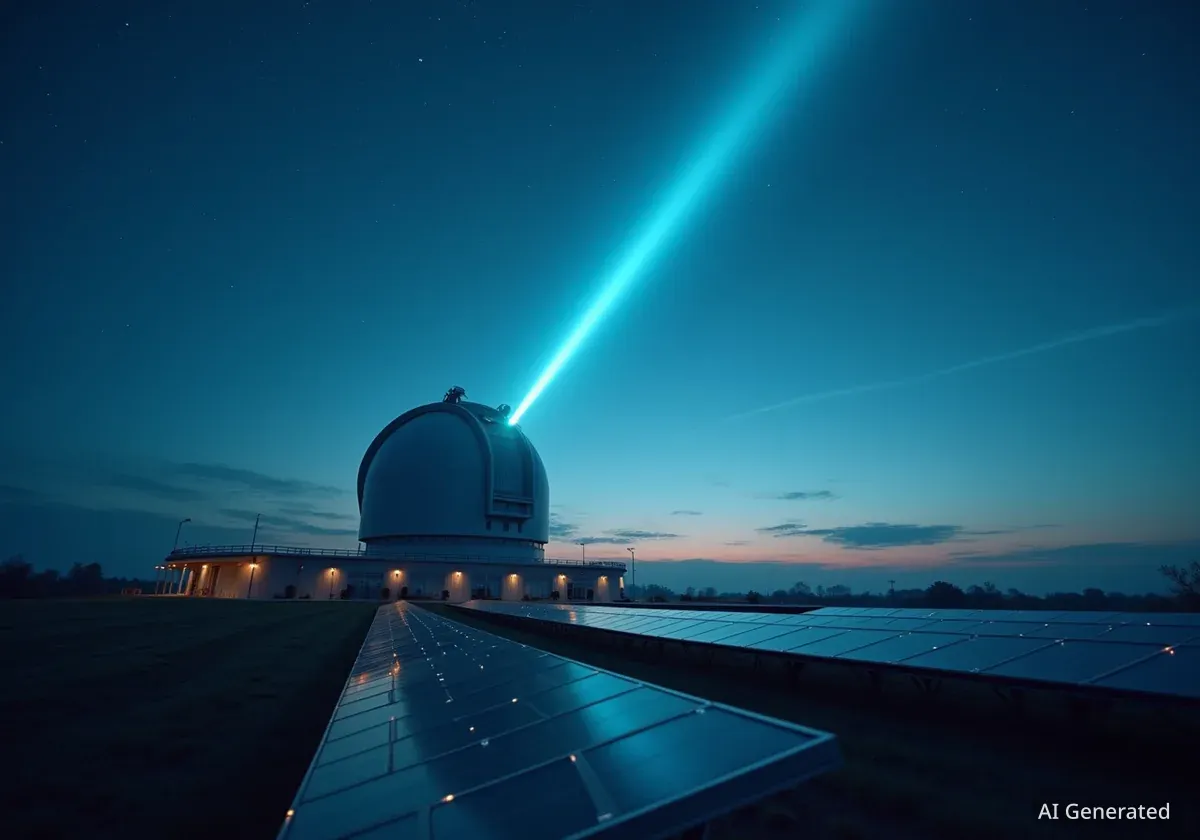
World Space Week Highlights Key Missions and Climate Tech
World Space Week highlights new missions like IMAP and the Vera Rubin Observatory, while MIT Technology Review showcases key climate tech innovations.
15 articles tagged

World Space Week highlights new missions like IMAP and the Vera Rubin Observatory, while MIT Technology Review showcases key climate tech innovations.
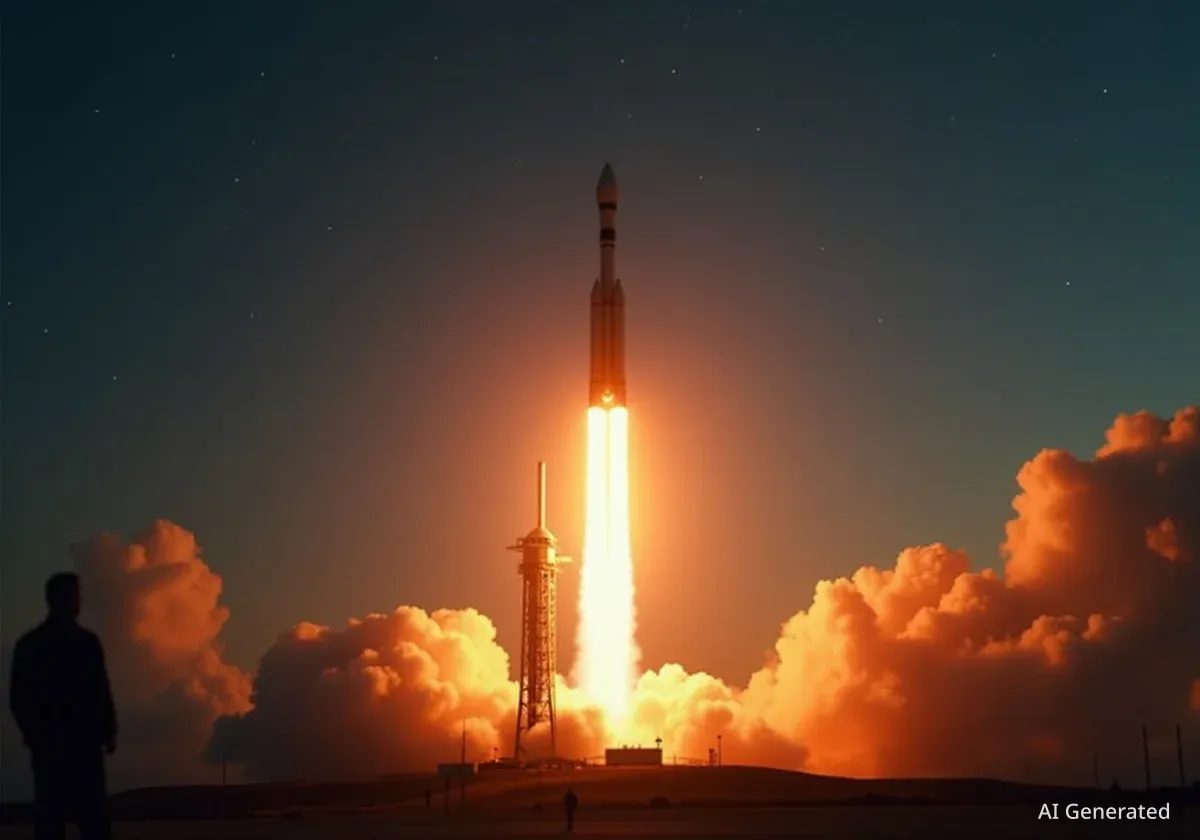
Princeton University's IMAP mission successfully launched on a SpaceX rocket to study the sun's heliosphere and solar wind from one million miles away.
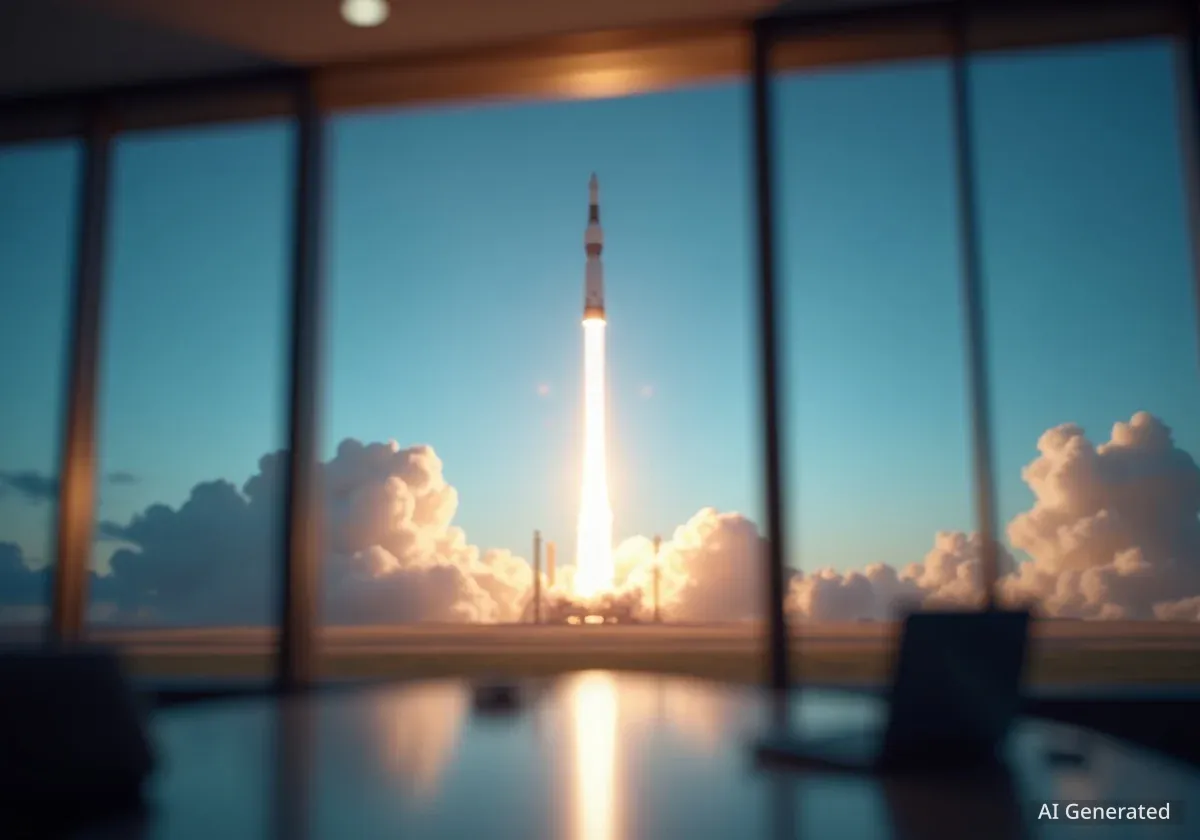
NASA and NOAA have successfully launched three new spacecraft, including the IMAP and SWFO-L1 missions, to study the Sun and improve space weather forecasting.

NASA and SpaceX have launched the IMAP mission to study solar wind. The data will help protect satellites, power grids, and astronauts from space weather.
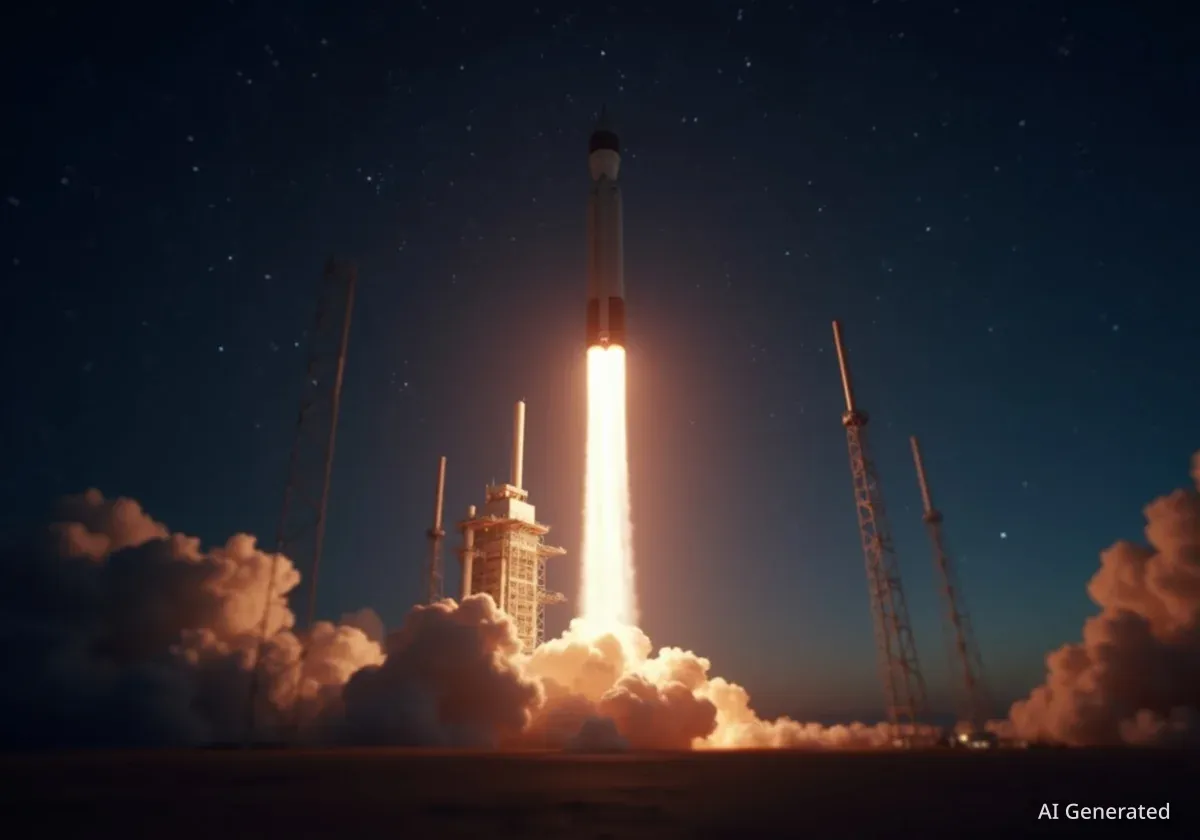
NASA's Princeton-led IMAP mission has successfully launched to study the solar wind and the boundary of our solar system, aiming to improve space weather forecasts.
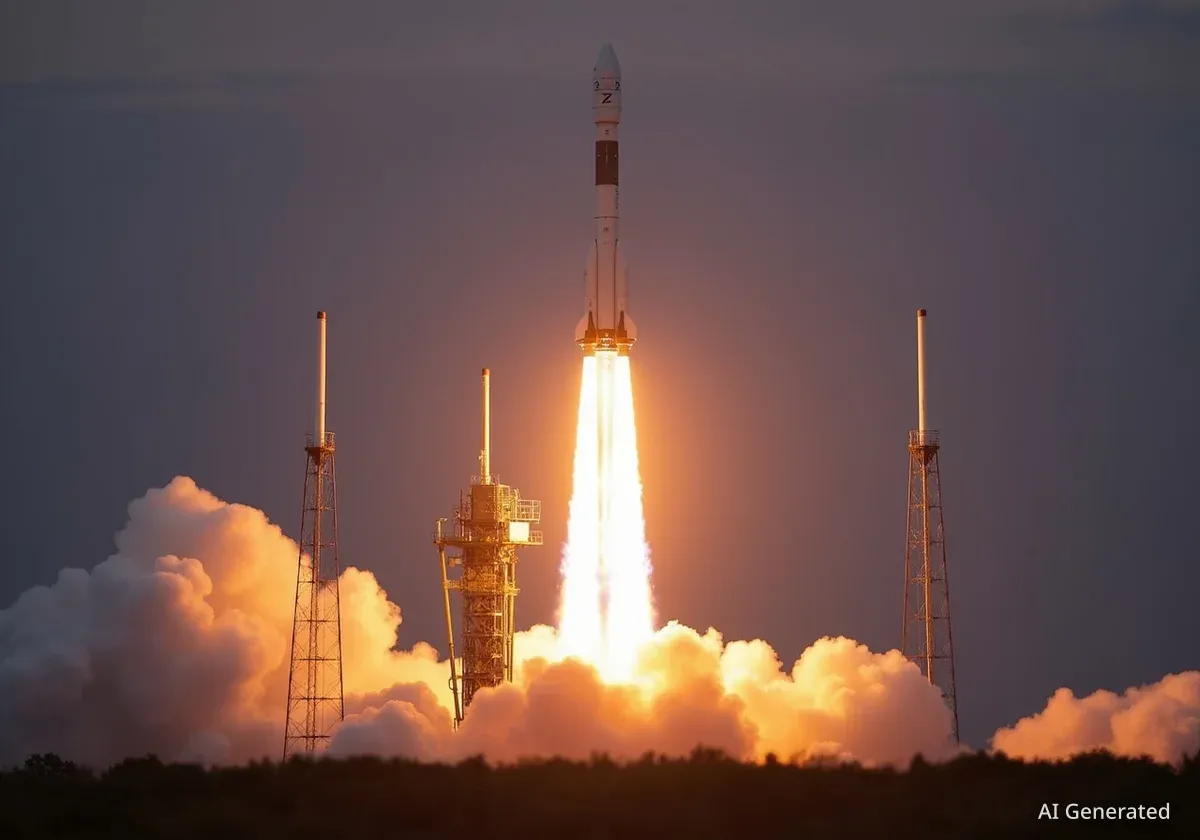
A SpaceX rocket has successfully launched three science missions for NASA and NOAA to a point one million miles from Earth to study space weather and the sun.
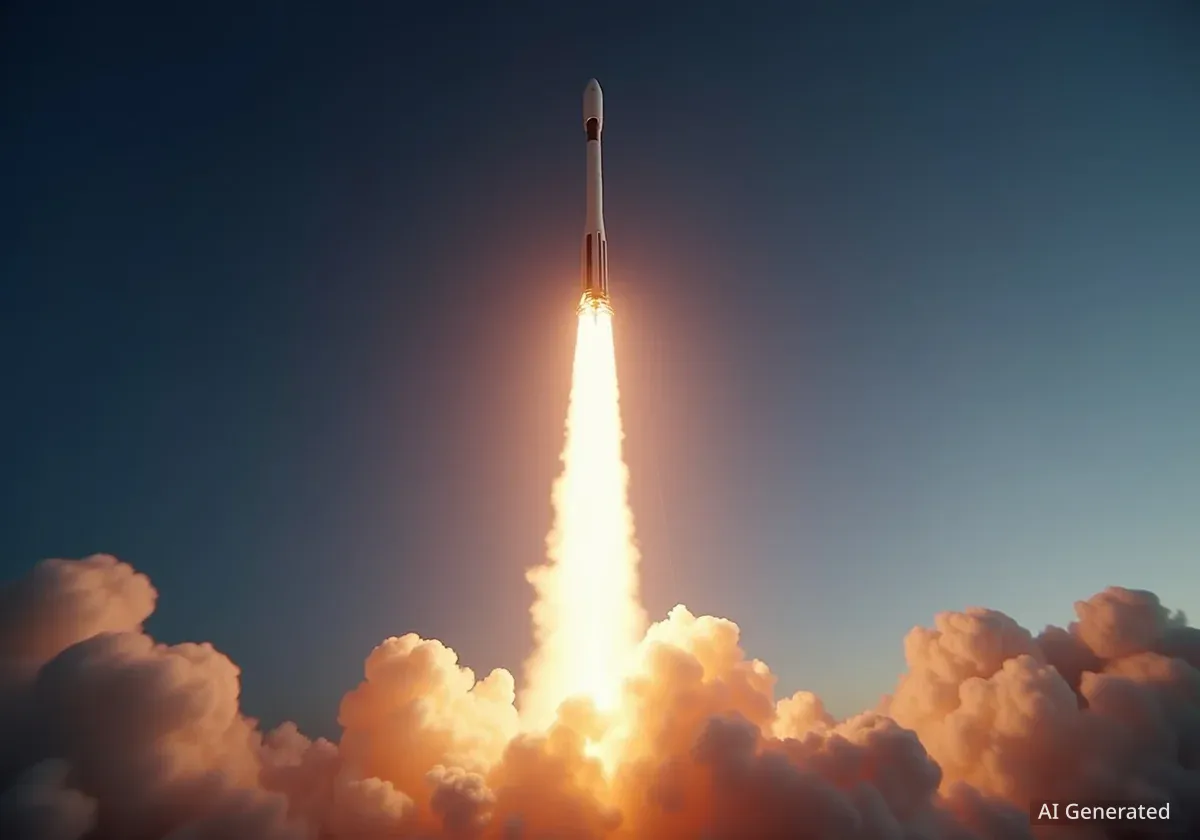
A SpaceX Falcon 9 rocket has launched three scientific observatories for NASA and NOAA, including the IMAP probe to study the solar system's boundary.
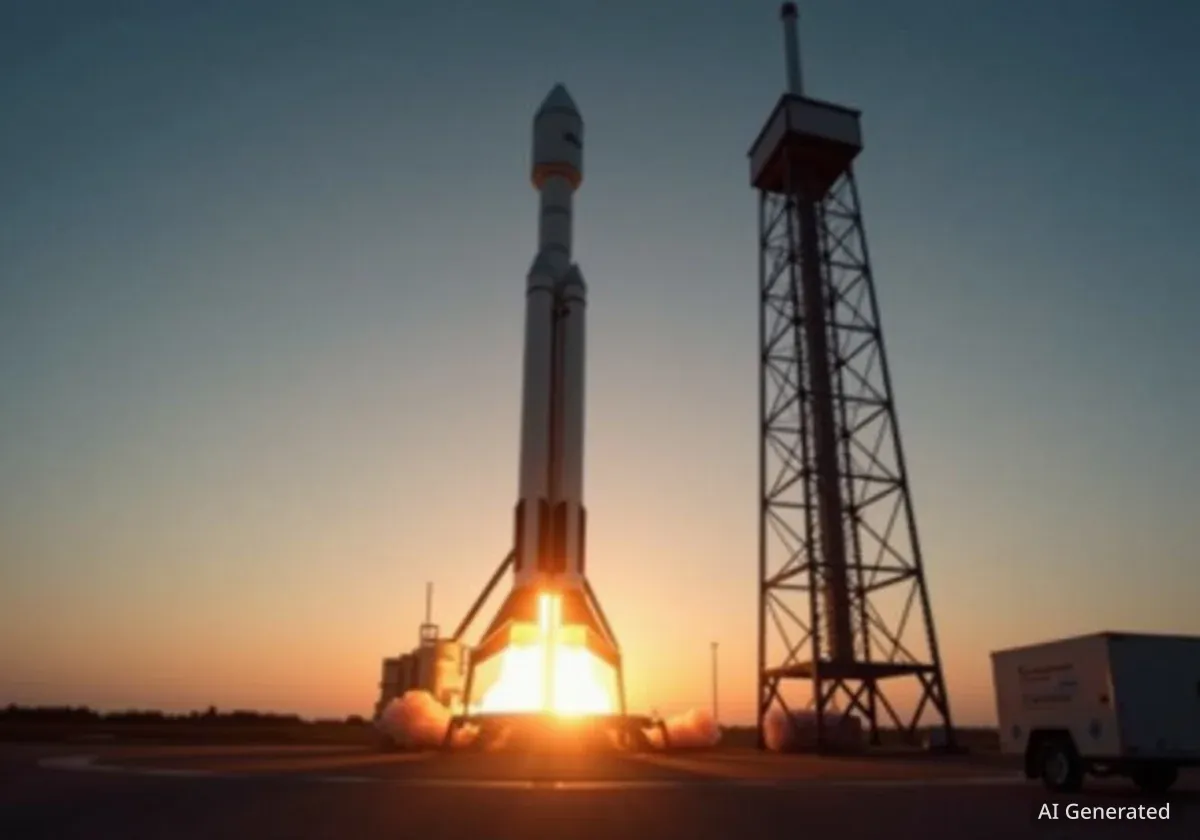
NASA and NOAA have launched the IMAP mission aboard a SpaceX Falcon 9 to study the heliosphere, aiming to improve space weather forecasting and protect technology.
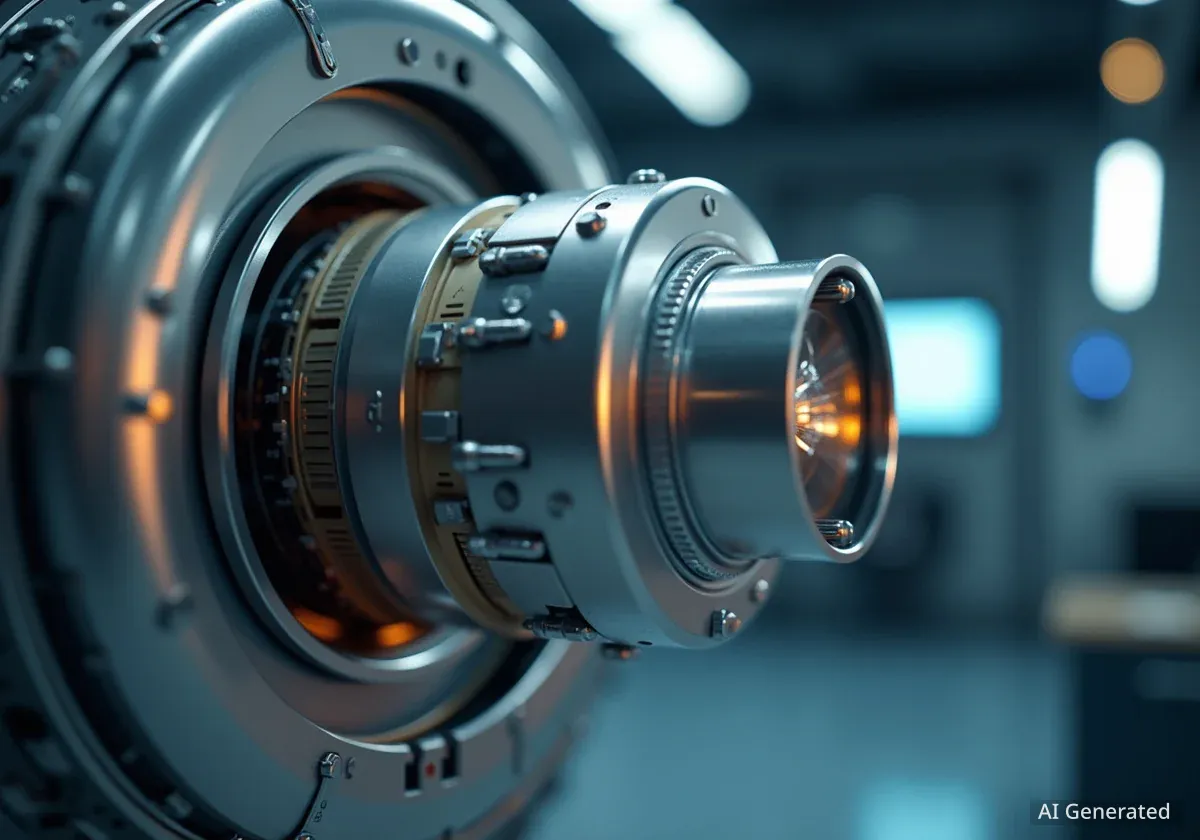
A University of Colorado Boulder instrument has launched on a NASA mission to capture and analyze primordial stardust, aiming to uncover the solar system's origins.
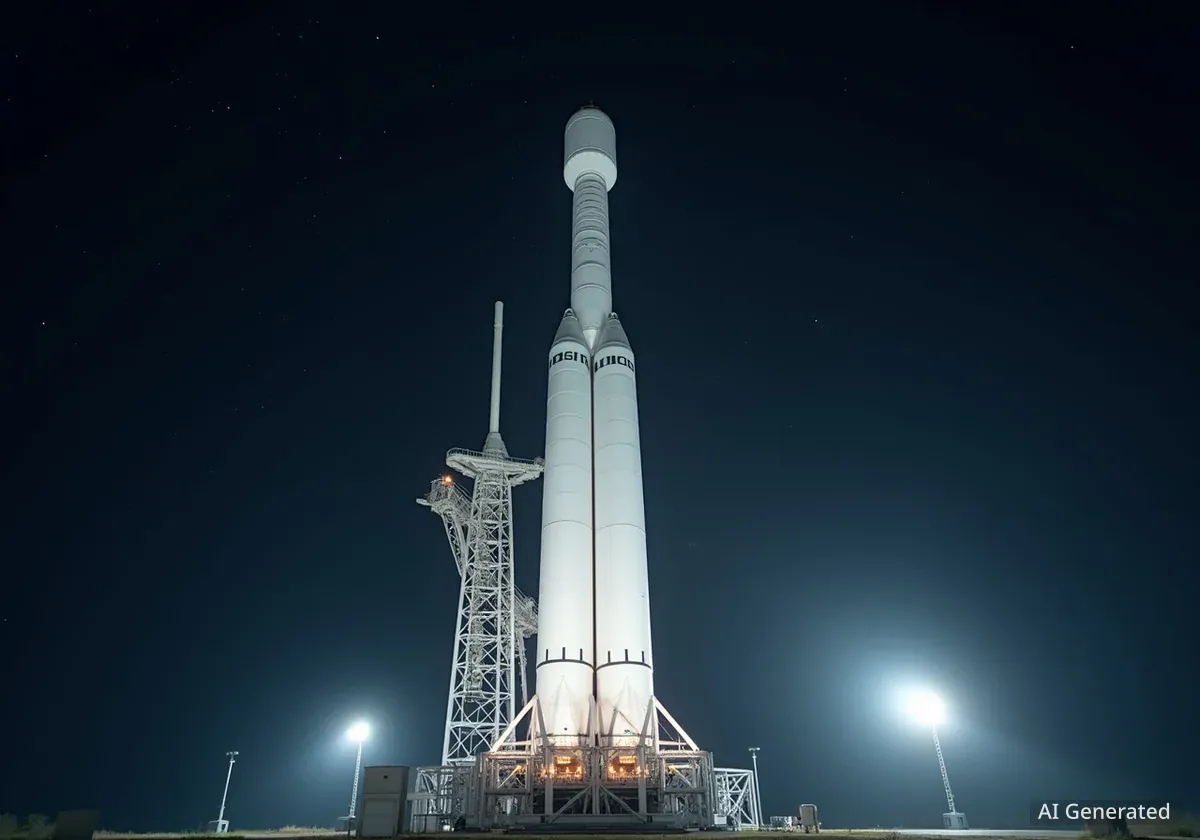
A University of Colorado Boulder instrument is launching with NASA's IMAP mission to collect and analyze interstellar dust from beyond our solar system.
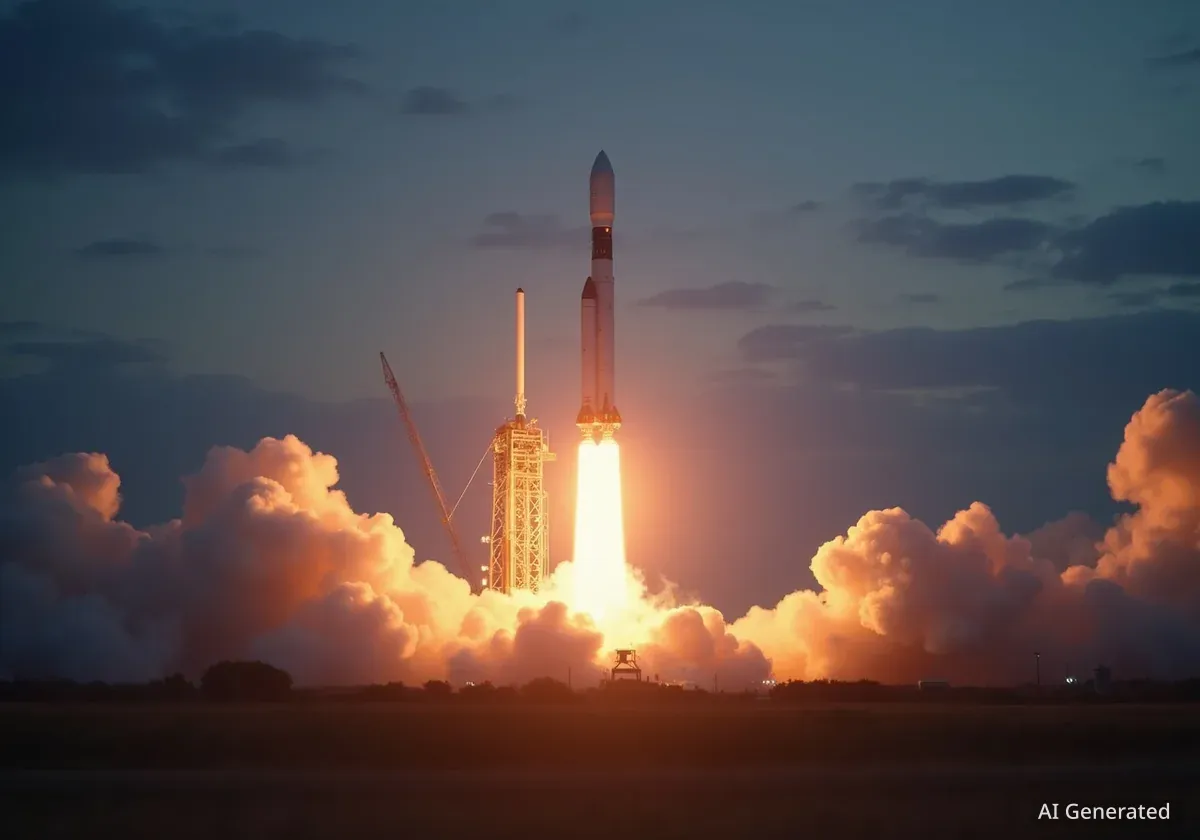
NASA's IMAP solar observatory is set to launch this week, leading a busy schedule that includes multiple SpaceX, Amazon Kuiper, and NRO missions.
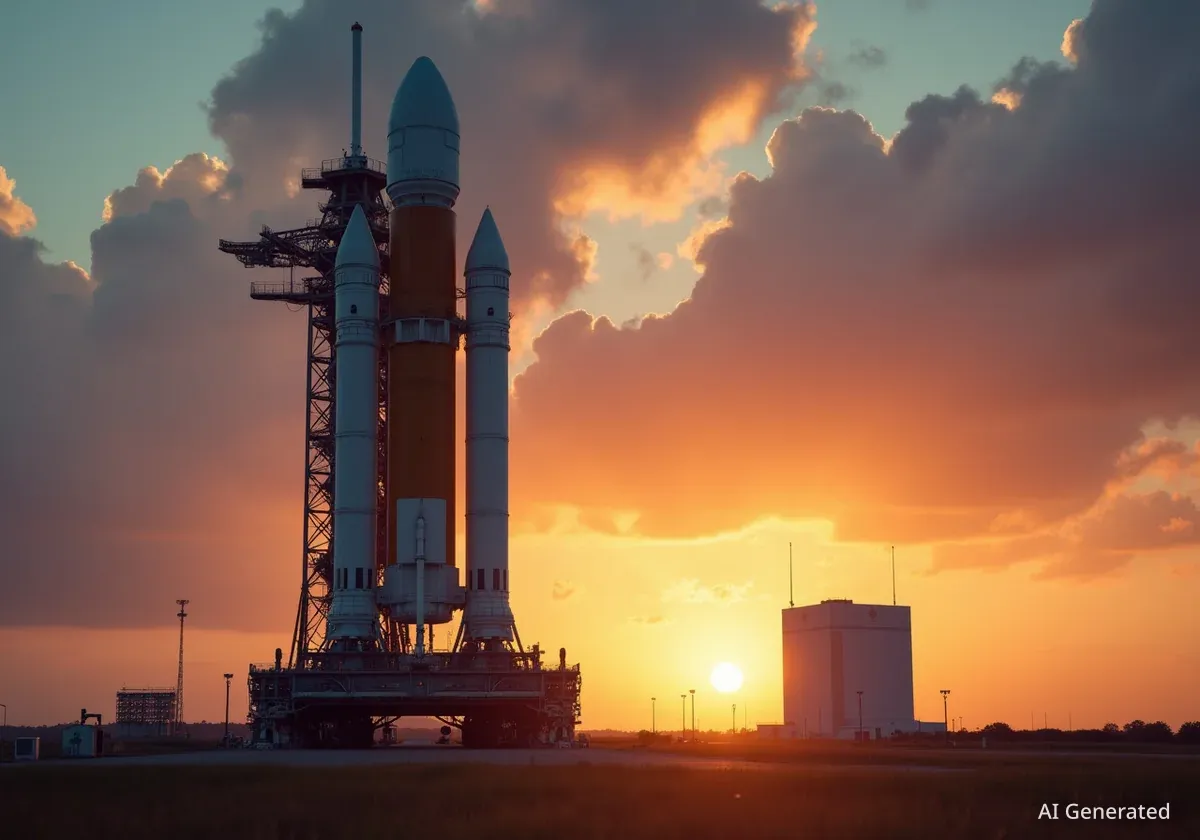
NASA has officially cleared its Interstellar Mapping and Acceleration Probe (IMAP) mission for launch, scheduled for September 23 from Kennedy Space Center.